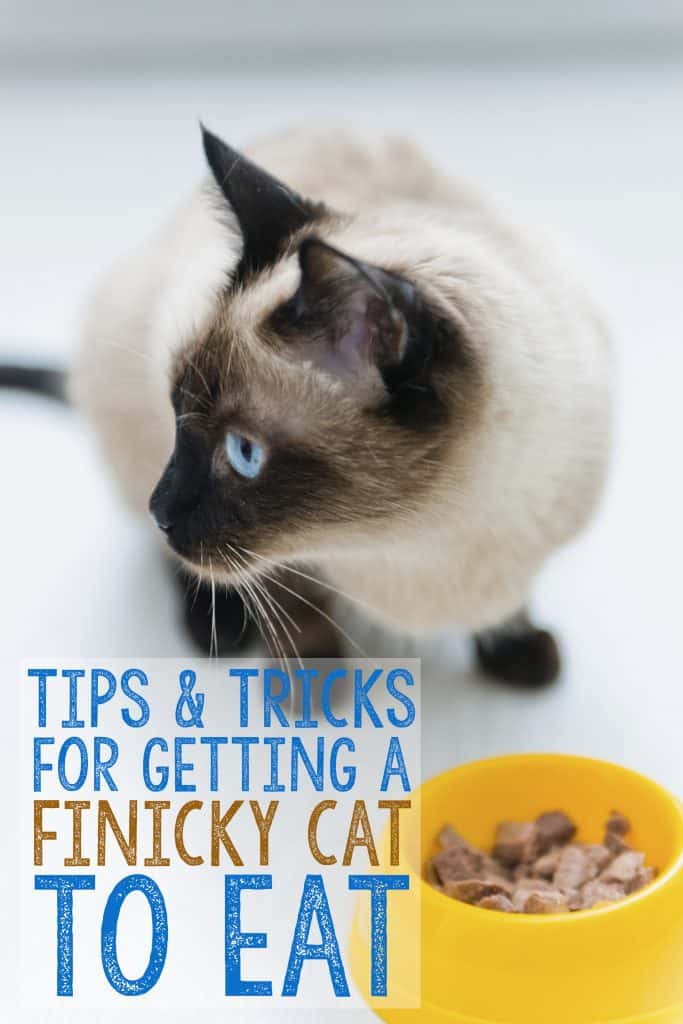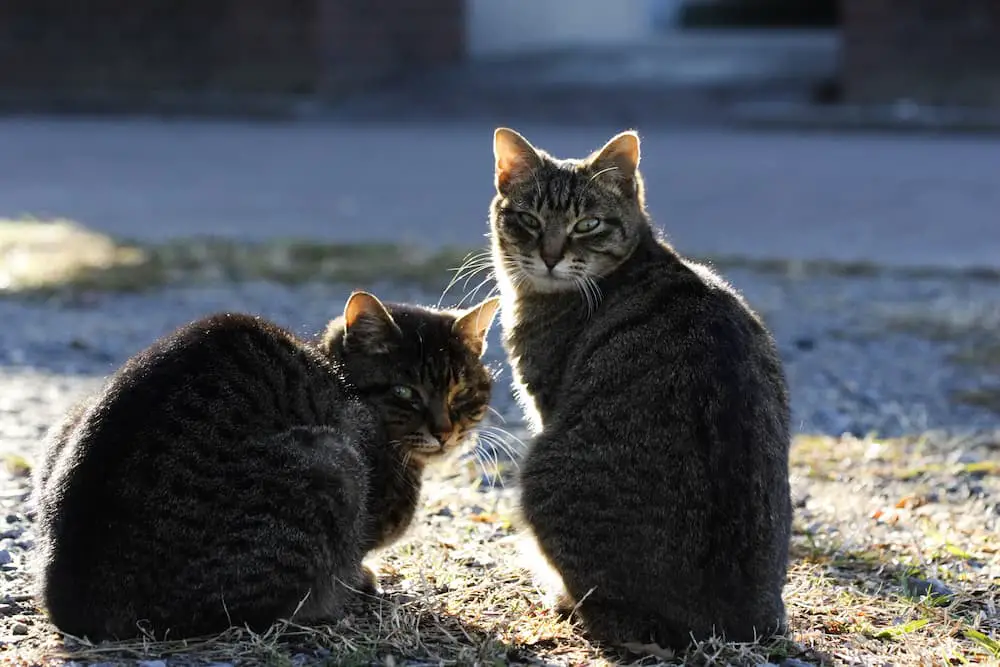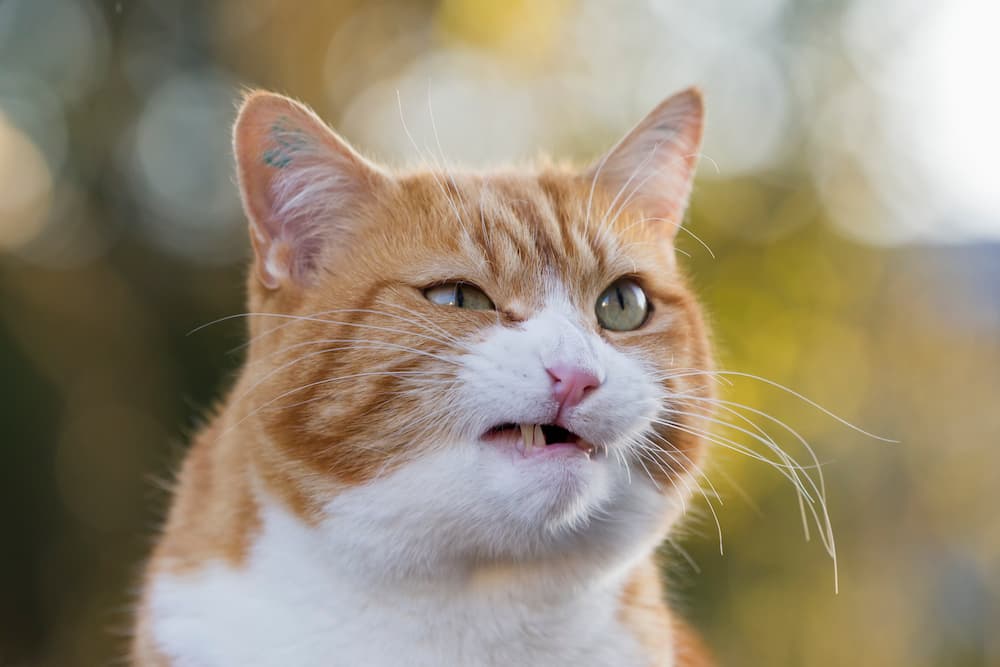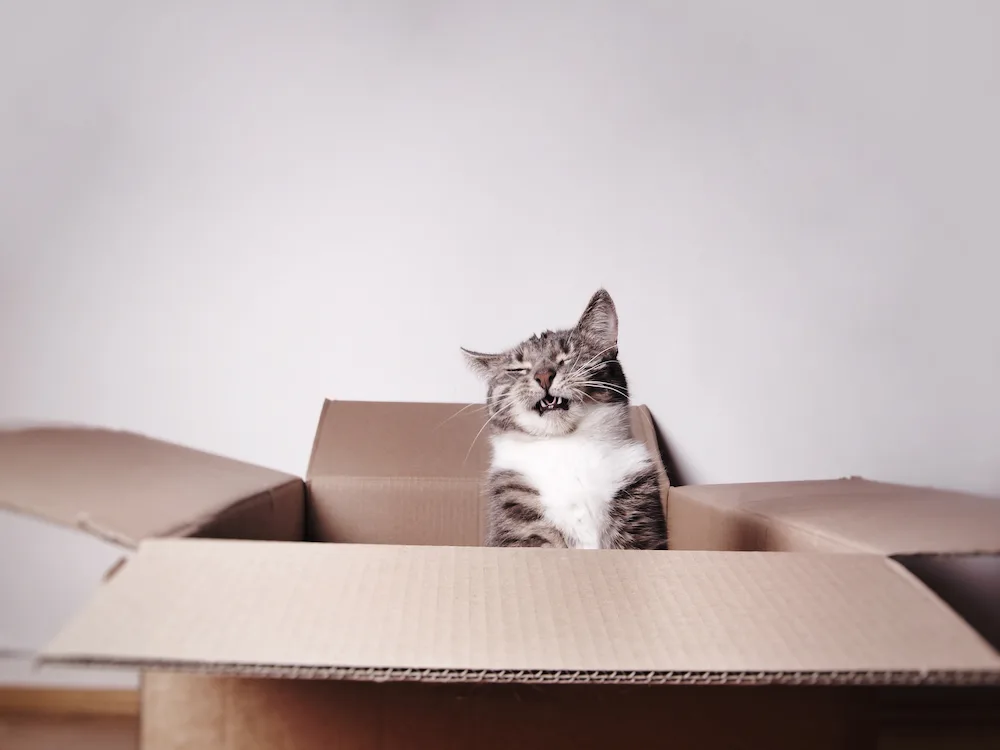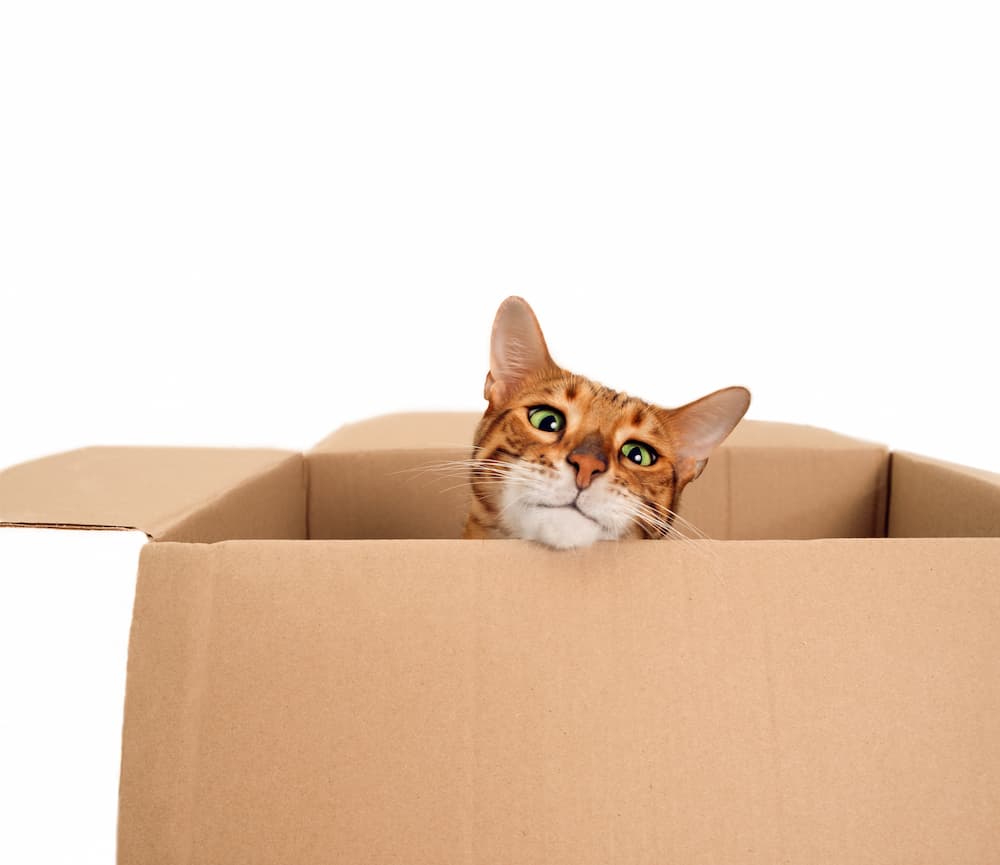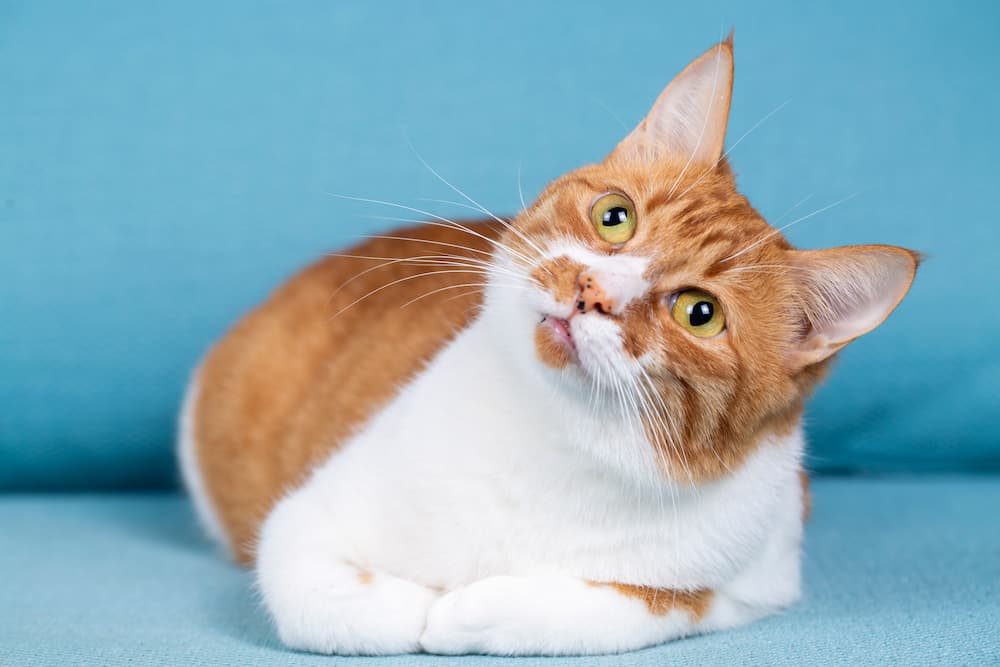Do you have a picky kitty? Does your furry friend turn his nose up at his food and act like he’d rather starve than eat anything you offer? Most cats are good eaters, but for some, getting them to eat can be a frustrating struggle for their humans. Here are some tips for getting a cat to eat if they’re being finicky:
Let Hunger Work in Your Favor:

If you typically free-feed your cat, as many pet parents do, opt instead for a regimented feeding schedule. Instead of filling a bowl in the morning for your finicky feline, put out a small portion of her daily meal several times a day. After putting out her bowl or plate, if she hasn’t eaten, take it away and try again a few hours later. Simply having the opportunity to grow a bit hungry may be just the push she needs to start eating again.
While holding back your kitty’s food for a few hours (up to 12 hours between feedings should sufficiently build enough hunger to eat what you’re offering) can stimulate your cat’s appetite, you can also increase hunger with exercise! Before feeding, spend some time playing with your cat. Encourage him to chase a catnip toy around the house, get out his favorite feather wand, or have him dart around after the little red dot of a laser pointer. In addition to being great for the overall health of your kitty companion, exercise is an excellent appetite stimulant.
Make Mealtimes More Comfortable:
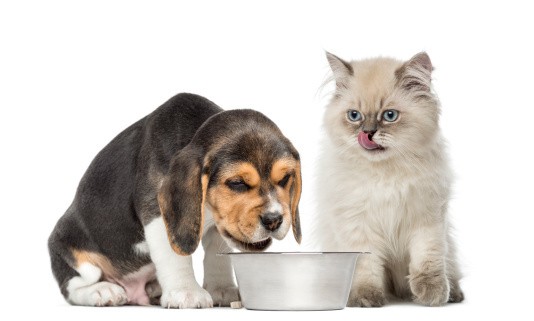
Some cats prefer peace and quiet during mealtimes, especially if they share their home with other pets or children, while others prefer to dine with company. If your cat prefers alone time while he’s eating, make sure his dishes are placed in a safe, quiet environment, away from distractions and other pets. Very social cats, or those that act as if they’re starved for attention, may ditch the dinner bowl if it means leaving their human’s side for a moment. For these cats, try setting them in front of their dish while gently stroking their back until they begin to eat.
Additionally, some extremely finicky cats will turn their nose up at dinner if they don’t like the dish it’s been served in. Make sure you’re feeding from a bowl or dish with shallow sides that don’t press against her whiskers. Surprisingly, using the wrong feeding dish can actually be painful for your cat, causing a condition known as whisker-stress. If you’re feeding a wet, canned, or raw food, remember to clean your cat’s dish after every meal. For dry food feeders, clean dishes daily.
Make Mealtimes More Fun:
Rather than just setting down a bowl of food in front of your cat, use her natural prey drive to encourage her to eat. Try feeding from an interactive feeder or cat food puzzle to encourage better eating habits. In many cases, a complacent kitty may eat simply because she “caught” the food herself.
Make Your Cat’s Food More Appealing:
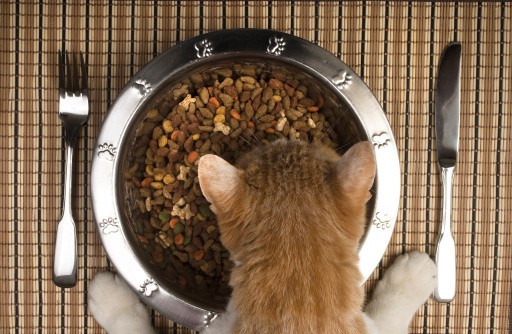
In addition to making mealtimes more fun, you can entice a picky cat to eat by making her food more appealing, too. It is the most often the scent of food, not the taste, that attracts your cat to her food. If your cat isn’t immediately drawn to the scent of her meal, try adding an irresistible food topper, a tiny sprinkle of canned tuna or chicken, or even a dash of parmesan cheese. Low-sodium chicken or beef broth (check the ingredients first to make sure they’re totally safe for kitty to consume!) drizzled over dinner could be all that’s needed to jumpstart a healthy appetite.
Many cats have strong preferences to certain textures and temperatures, too. If your cat eats canned food but prefers something with a little crunch, consider adding a few crunchy treats or high-quality kibble to her soft canned food. Likewise, if you feed a dry food, but he prefers it softer, try adding a bit of water or broth. (But, be careful! Dry food has a tendency to quickly grow bacteria when moistened. Do not leave moistened food out for more than about 20 minutes!) If your cat’s food is stored in a refrigerator, warm it to room temperature before serving.
Avoid Treats and People Food:
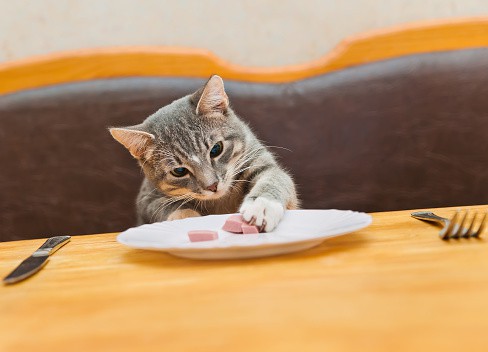
Although it can be frustrating to feed a finicky cat, it’s important that she eats an appropriate, high-quality food. Many cat moms and dads are quick to offer kitty a fistful of tasty treats or a bite of “people food” in an attempt to get them to eat. While it may work to stimulate an appetite, a cat that’s hooked on treats and unhealthy snacks may ignore her healthy dinner, holding out for something a little tastier. In the long run, offering too many unhealthy alternatives will only make it harder to get a picky cat to eat her food and could be detrimental to her health.
A Word of Caution:
A sudden loss of appetite (or a major cutback in the amount of food your cat eats) is a big cause for concern and, if this happens, your kitty should see the veterinarian immediately! You should always monitor the amount of food your cats eat every day and make note of any drastic changes. If cats go more than a couple of days without food they can very quickly develop fatty liver syndrome, also called feline hepatic lipidosis – a very serious and potentially deadly liver disease. So, it’s important to make sure your cat is eating every day!
Do you have any tried and true methods for getting your finicky cat to eat? Please, share them in a comment below.
And, if you found this article helpful, pin it!
